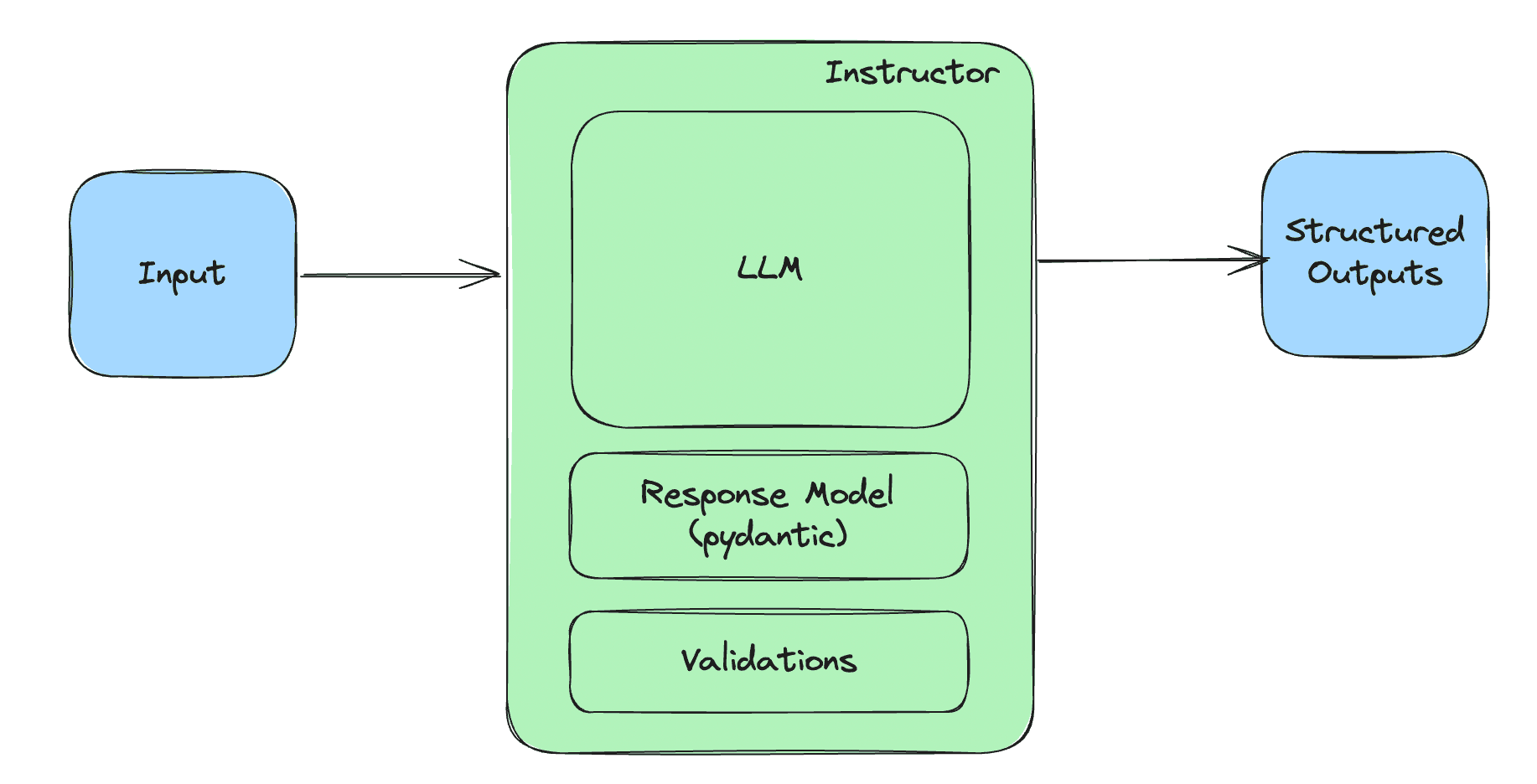The ongoing generative AI boom, led by companies like OpenAI, is facing growing skepticism about its long-term sustainability. Despite attracting massive investments, the sector’s financial model appears unsustainable, with companies burning through billions of dollars annually without clear pathways to profitability. OpenAI, for instance, is raising funds at a valuation of $150 billion, but continues to incur significant losses, reportedly set to lose $5 billion in 2024 alone.
Industry observers highlight a series of warning signs, such as layoffs at AI startups, rumored price hikes for AI services, and questionable product launches. Critics argue that generative AI, while technologically impressive, struggles to offer reliable, business-critical solutions, and has major issues like hallucinations—incorrect outputs generated by AI models—that hinder its broader adoption. Even companies like Microsoft, which have integrated AI into their business software, are seeing low adoption rates, with only a small percentage of users opting for costly AI features.
As companies like OpenAI and Anthropic continue to depend on heavily discounted cloud services and venture capital funding, there are fears that the industry is on the brink of a collapse similar to the subprime crisis. Investors may soon lose confidence, leading to potential price hikes and widespread layoffs. This pessimistic view suggests that the generative AI boom may not be the revolutionary force it was once touted to be, but rather a costly, unsustainable experiment with limited real-world applications.
As with crypto, Web3, and the metaverse, generative AI appears to be following a familiar pattern of inflated expectations that may not be grounded in practical reality. These previous tech fads promised groundbreaking innovations but ultimately struggled to deliver lasting value beyond niche applications. The generative AI industry now faces similar challenges, with companies racing to integrate AI tools that, despite their hype, often fail to offer meaningful improvements over existing technologies. Much like the cryptocurrency and metaverse bubbles, the initial excitement around AI has driven investment without a clear path to sustained profitability, raising concerns about the long-term viability of the sector.

Moreover, the pressure to demonstrate AI's utility has led to rushed product launches and inflated claims about the technology's capabilities. Companies like OpenAI and Microsoft have marketed AI tools as revolutionary advancements, but user feedback suggests that many of these products are not yet ready for prime time. The focus on short-term gains and market positioning, rather than building reliable, scalable solutions, mirrors the speculative frenzy that surrounded crypto and the metaverse. Without a solid foundation of practical value, generative AI risks becoming another overhyped and under-delivering technology, ultimately leaving behind a trail of disappointed investors, lost jobs, and unmet promises.
Will generative AI have a similar impact like mobile or the internet? It is not so certain, especially because AI is not a platform like mobile or the internet; it does not bring additional distribution, it is a tool rather than an infrastructure. While mobile and the internet revolutionized how information is shared and created entirely new ecosystems for commerce, communication, and innovation, generative AI primarily functions within existing frameworks, enhancing tasks but not fundamentally changing the channels through which people and businesses interact.

This lack of platform-like qualities limits generative AI’s potential to reshape entire industries in the way mobile and the internet did. Instead of opening up new frontiers, it primarily serves as an augmentation to processes already in place. Without the ability to create new distribution networks or foster significant economic shifts, its broader impact may remain constrained, leaving its future influence more modest than the sweeping changes brought about by its technological predecessors.
The future of generative AI is uncertain. While I remain cautiously optimistic due to its potential to significantly boost worker productivity, I am also keenly aware of the dangers posed by hype and inflated expectations. Generative AI still suffers from unreliability in many use cases, and it’s crucial to keep this in mind when developing AI-powered products. Although I usually write positively about generative AI, I felt it was important to play devil’s advocate and critically examine the challenges and potential pitfalls the industry may face. By considering what could go wrong, we can build more grounded and effective AI solutions moving forward.



